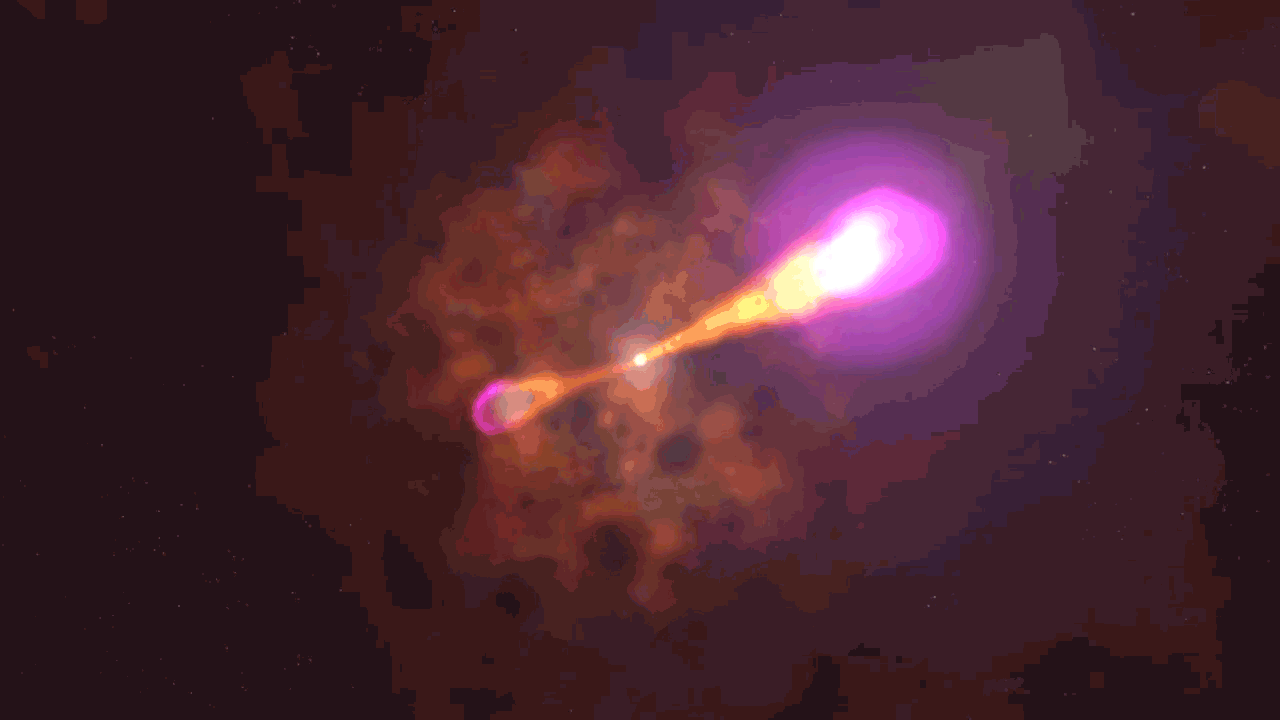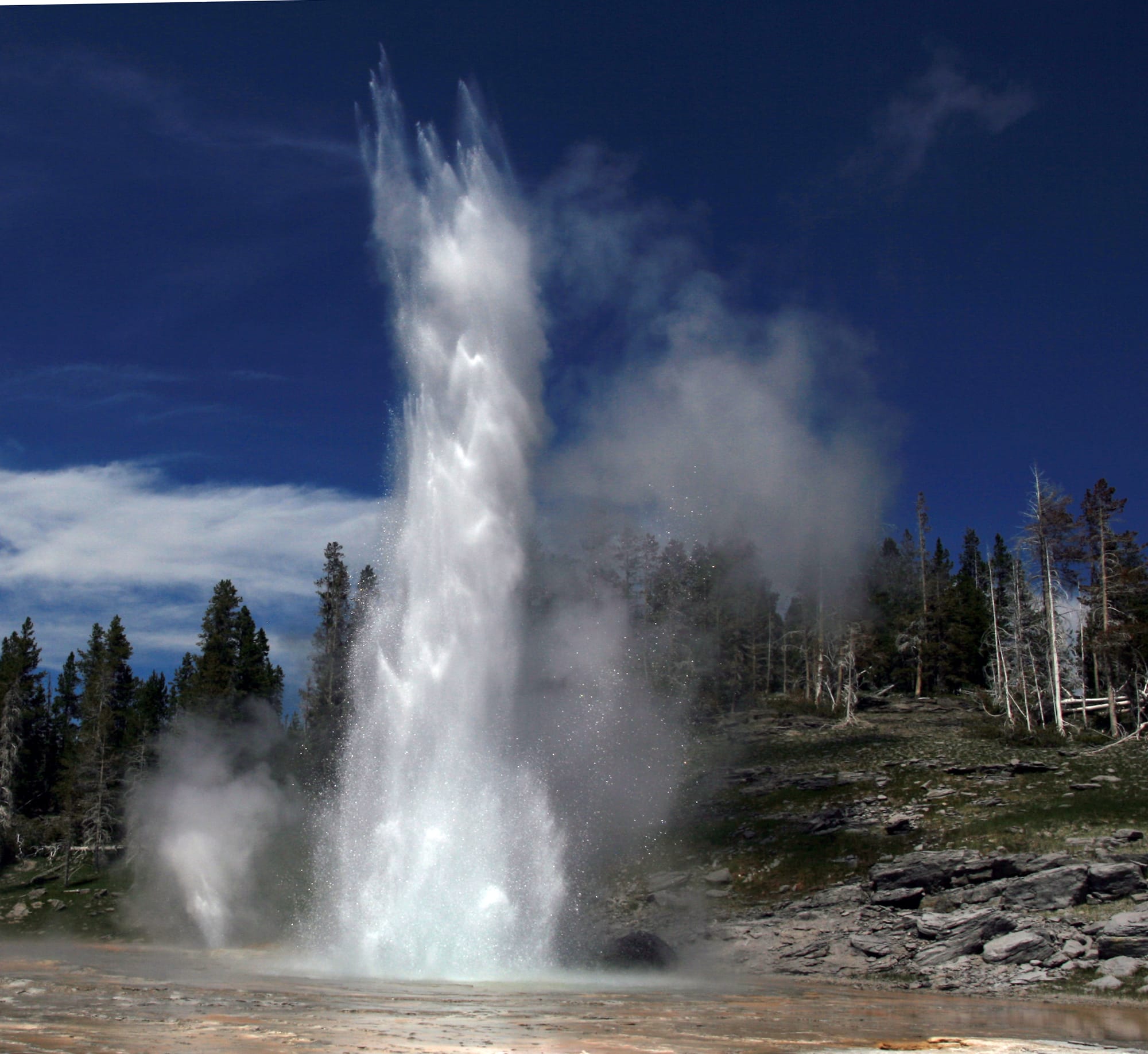In a groundbreaking revelation that has sent ripples through the astrophysics community, astronomers have identified a series of cosmic explosions that are considered the most powerful events observed since the Big Bang. These explosive phenomena, termed Gamma-Ray Bursts (GRBs), hold vital clues to the universe’s formation and the lifecycle of stars. The latest findings underscore the capabilities of advanced observational technology, positioning astronomers to delve deeper into the mysteries of the cosmos.
GRBs are immense bursts of gamma radiation, occurring at distances ranging from a few billion to several billion light-years from Earth. Their characteristics render them among the brightest and most energetic events observed in the universe. The current research focuses primarily on the two distinct types of GRBs: the short-duration bursts, which last less than two seconds, and the long-duration bursts, which can last over 40 seconds. Each type is thought to arise from different catastrophic stellar processes.
The recent study, spearheaded by a collaborative team from multiple international astronomical institutions, utilized data from the European Space Agency’s (ESA) INTEGRAL satellite, NASA’s Swift observatory, and the Fermi Gamma-ray Space Telescope. These sophisticated instruments have allowed astronomers to capture unprecedented details of these cosmic explosions.
One of the most significant findings pertains to a long-duration GRB that occurred approximately 2.4 billion light-years away in a galaxy named GRB 220523A. This particular burst was notable not only for its intensity but also for its duration, blossoming with unprecedented brightness. Scientists believe it was associated with the collapse of a massive star, a process that leads to the formation of a black hole. Such explosions are seen as vital indicators of the processes that govern star formation and the evolution of galaxies over cosmic time.
The analysis revealed that GRB 220523A emitted gamma rays with an energy exceeding previously known thresholds, marking it as a standout event in the records of cosmic explosions. The spectrum of radiation observed was the result of immense energy production during the burst’s aftermath—a phenomenon that indicates complex interactions of particles and electromagnetic fields in the wake of such a stellar catastrophe. As this burst radiated through the cosmos, it offered a glimpse into a vibrant segment of the universe’s evolution that remains largely enigmatic.
The implications of these discoveries extend beyond understanding GRBs alone. The ability to detect and analyze such powerful cosmic events opens new avenues for studying the underlying principles of astrophysics. For example, researchers can observe how these bursts influence their immediate environments, including the interstellar medium, by releasing enormous amounts of energy that can trigger star formation. This understanding allows for a more nuanced interpretation of the universe’s expansion and how different astronomical phenomena interact with one another.
Aside from their intrinsic value as cosmic indicators, GRBs have significant implications for the field of cosmology. Research into these explosions can provide insights into the distribution of matter throughout the universe, facilitate calculations regarding the rate of expansion, and lead to a deeper understanding of dark energy and dark matter—two of the universe’s most significant and least understood components.
The advanced observational technology used in this research underscores the benefits of international collaboration in astrophysics. The seamless integration of data collected from various instruments has created a comprehensive picture of cosmic activity, enabling scientists to share findings and contribute to a collective understanding of the universe. This interconnected framework of observation and analysis fosters innovation, and it is likely that future discoveries will rely on such cooperative efforts.
As researchers continue to refine their methods and accumulate data, it is expected that they will tackle lingering questions surrounding the lifecycle of these catastrophic events. For example, understanding the connection between different GRBs and the types of galaxies in which they occur is crucial for establishing a coherent narrative regarding the role they play in cosmic evolution.
In conclusion, the recent discoveries concerning Gamma-Ray Bursts illuminate a thrilling phase in astrophysical research. These powerful cosmic explosions, as the most energetic events recorded since the Big Bang, offer rich possibilities for new knowledge about the universe. As astronomical technology advances and global research networks strengthen, the cosmos will likely yield even more secrets waiting to be uncovered.


